What is the United Nations? When, by whom, on what basis, and where was its final decision made? You will find an answer to these questions in following stories, in the course of a trip to Crimea.
After the Second World War, which had begun on September 1, 1939, world leaders were looking for ways to end the conflict; either through peace and compromise or by finding a way to eliminate Hitler. They held conferences in different countries to discuss these matters, one of them being the Tehran Conference.
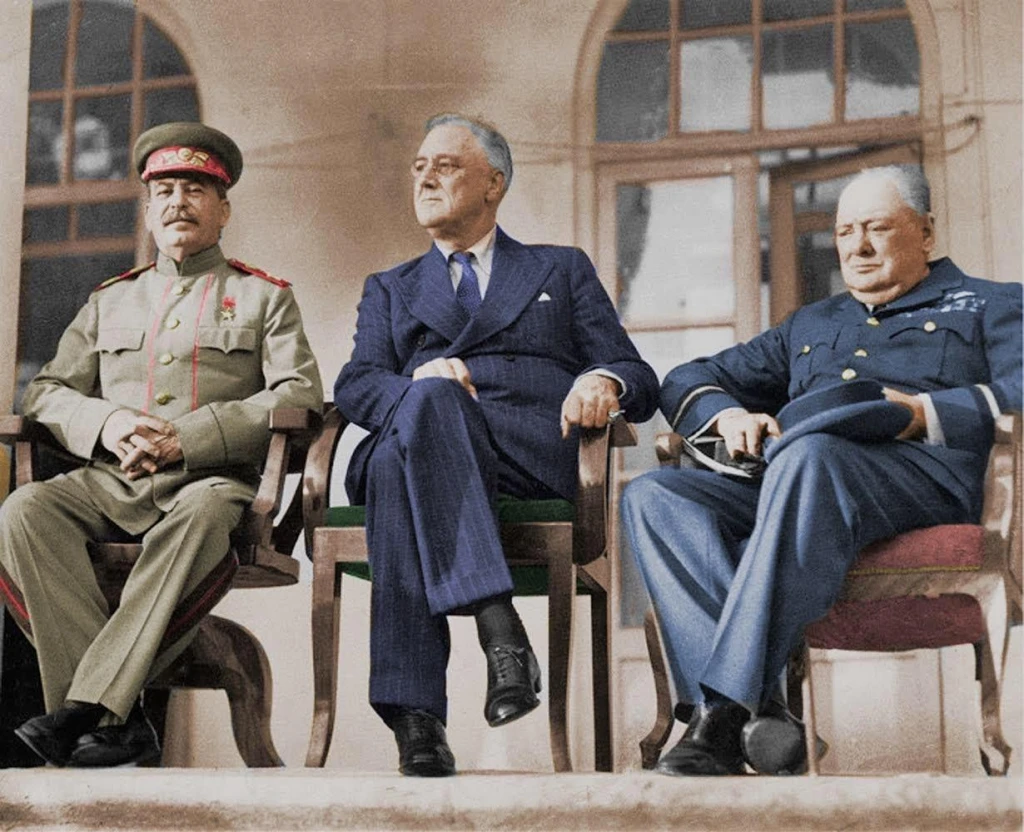
The war finally ended on September 2, 1945, with enormous bloodshed and violence. Only then did politicians truly realize how bitter the war had been and how deeply it had shaped history. A few months later, they gathered again in another conference, this time in Yalta, on the Crimean Peninsula, in the middle of winter, just three months after the war.
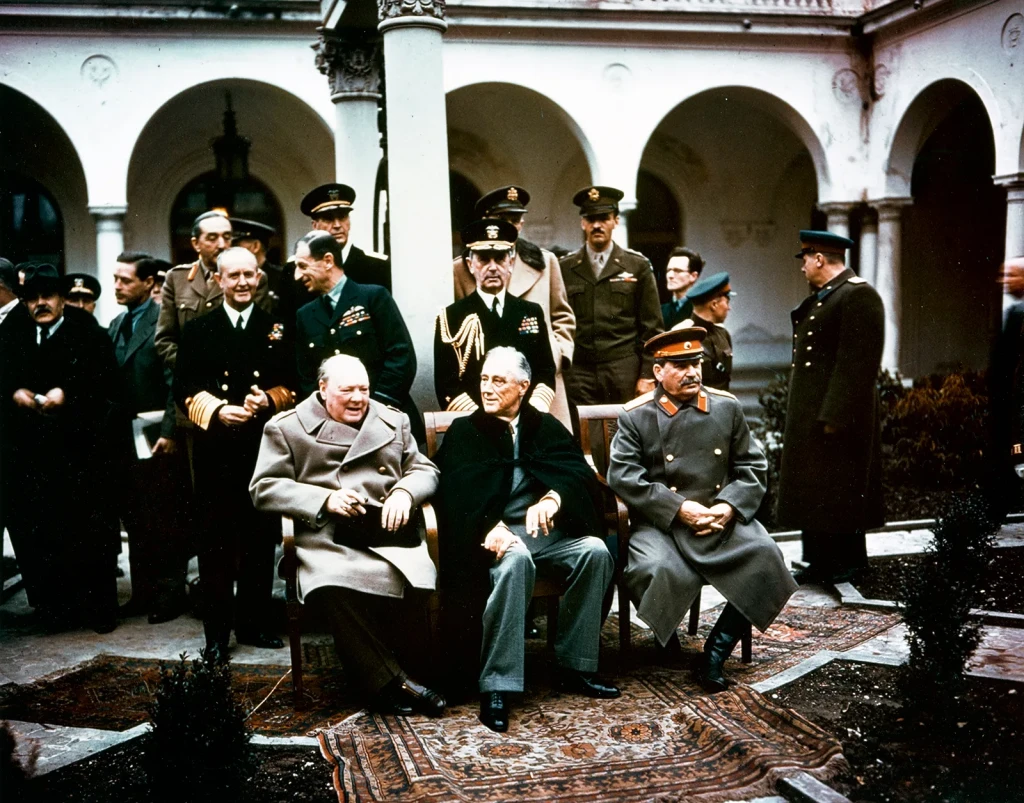
One of the major agreements that came out of these talks was the decision to create the United Nations. The failure of the League of Nations to prevent World War II, along with its inability to safeguard the interests of the great powers, paved the way for the birth of the UN.
The main pioneers in the early stages and in drafting the Charter were the leaders of the major Allied countries, including Franklin D. Roosevelt (then President of the United States), Winston Churchill (then Prime Minister of Great Britain), and Joseph Stalin (then leader of the Soviet Union). The term "United Nations" was first used by Roosevelt.
The United Nations is an intergovernmental organization created to maintain peace and global security, foster friendly relations among nations, and promote cooperation and coordination between states. It is the largest, most recognized, and most influential international organization in the world. Its members include almost every independent country recognized under international law. Only the Vatican, which chose not to join, and Taiwan (the Republic of China), whose membership was transferred to the People’s Republic of China, are not members. The UN headquarters is in New York, with additional main offices in Geneva, Nairobi, Vienna, and The Hague.
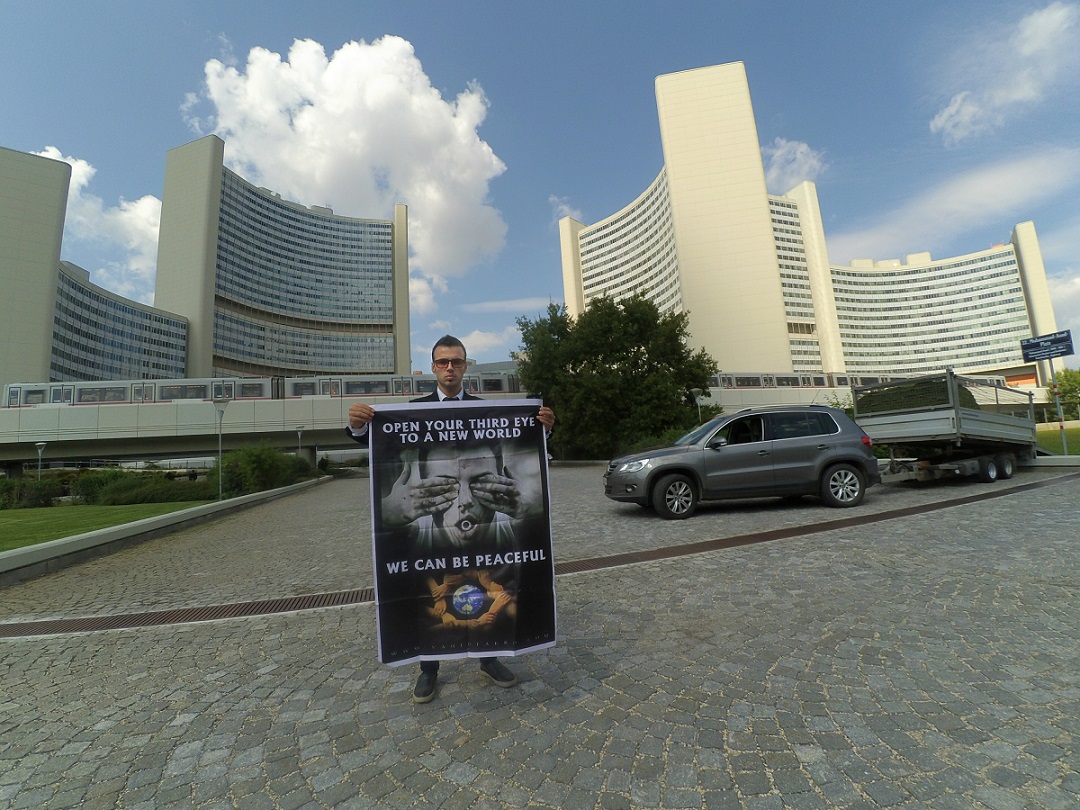
But the Yalta Conference itself carries fascinating stories, which history books rarely touch upon. Years ago, I studied the topic in depth, even traveling to Yalta myself. It’s impossible to cover everything here, but I’ll share a glimpse.
The Yalta Conference was held from February 11 to 14, 1945, in the Livadia Palace, not far from where I stood. The meeting brought together representatives of the United States, the United Kingdom, and the Soviet Union. Winston Churchill and the British delegation stayed temporarily in the Alupka Palace. In preparation for their arrival, workers spent two weeks repairing 22 rooms in the main palace, 23 surrounding rooms, and even the palace gardens.
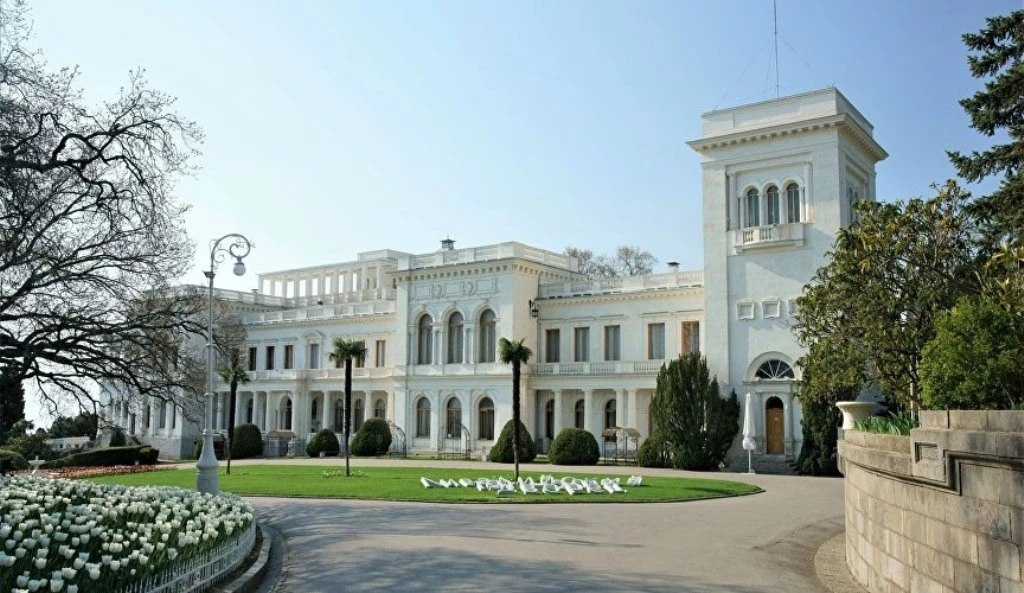
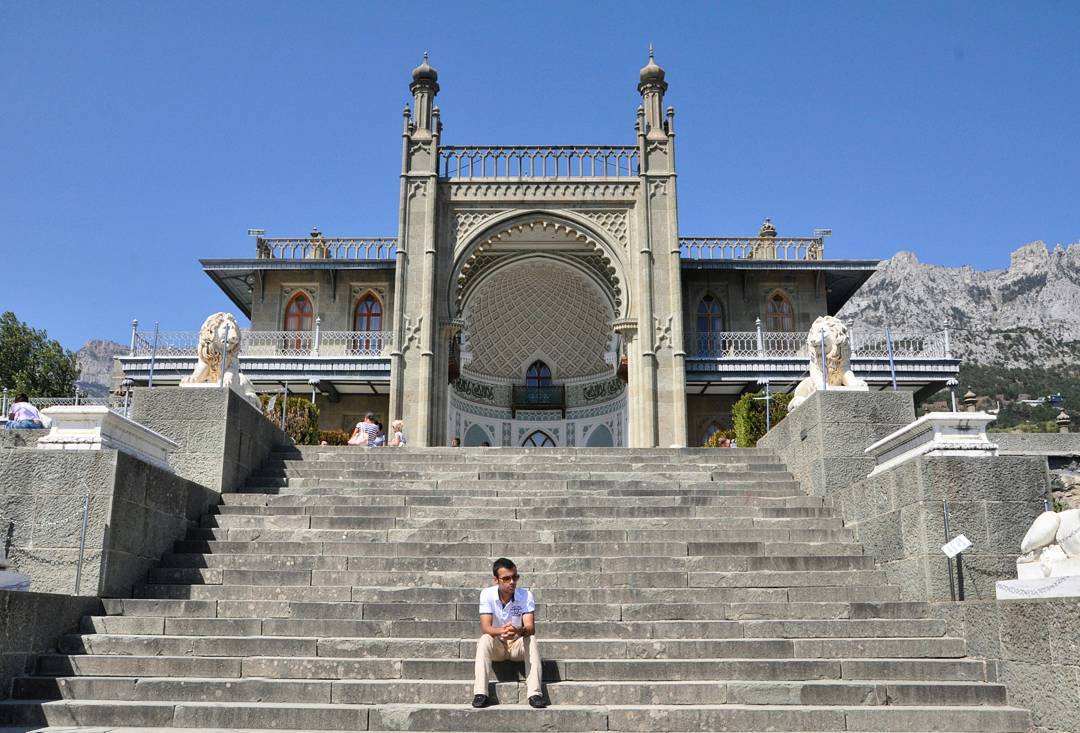

In one of Churchill’s own books, he described the place like this: “The setting where we stayed was extraordinary, half Gothic, half Moorish in style. The mountains rose behind us, covered in roses and snow, leading up to the highest peak in Crimea. Before us stretched the dark expanse of the Black Sea, harsh yet still warm and pleasant, even at that time of year. Carved white lions guarded the palace entrance, while behind the courtyard lay a beautiful park filled with subtropical plants and tall cypresses.” — Winston Churchill, Triumph and Tragedy: The Second World War, Vol. 6, 1953
The palace’s English architect also recalled Churchill’s fascination with the famous Medici lion statues there. Churchill was so captivated by them that he asked Stalin if he could take one home, but Stalin refused his request.

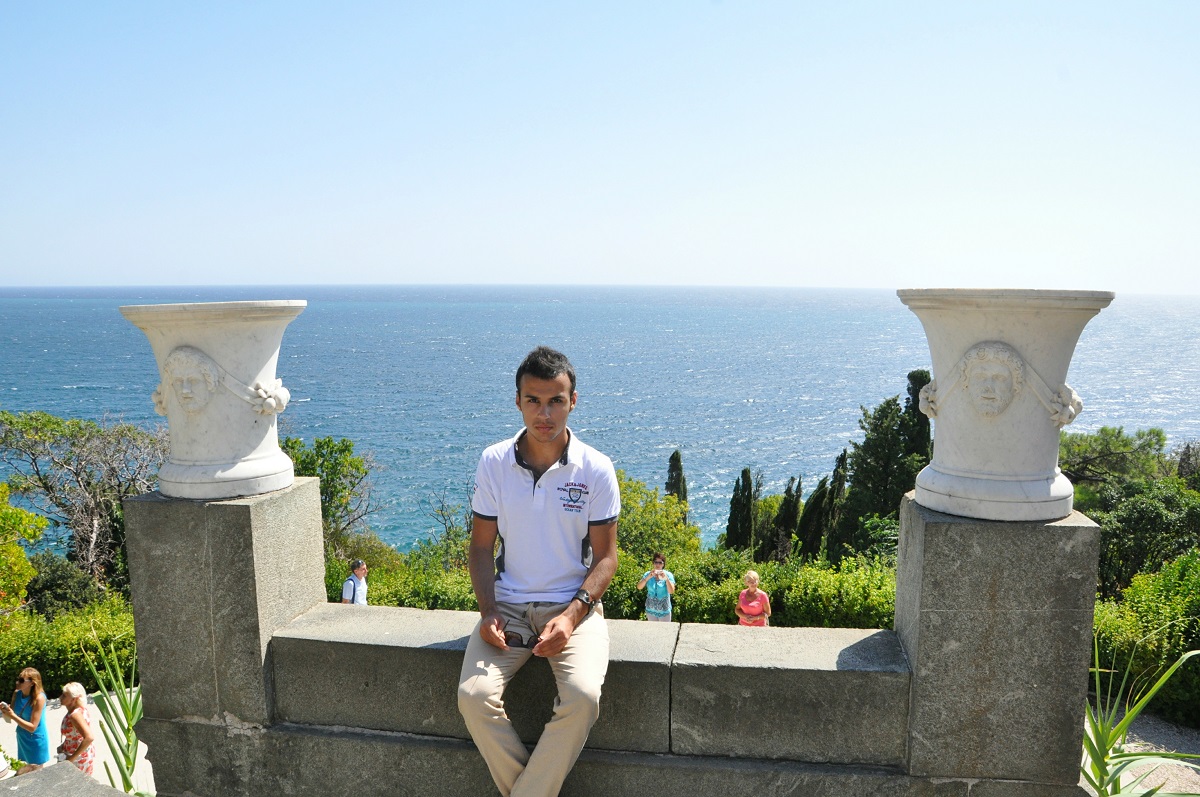
Today, at the very moment when world leaders are threatening one another at the United Nations, Crimea — once one of the most magnificent places on earth and the host of leaders who laid the foundations of the UN — is itself engulfed in a great war.
Share this post
Help others discover this content
Load Comments